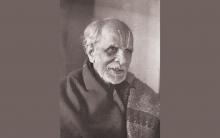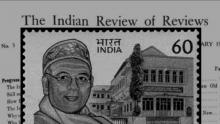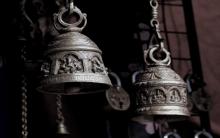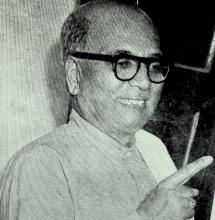Another day, when Naravāhanadatta was in the court, a prince by name Samaratuṅga came to him and said, ‘O lord! My cousin Saṅgrāmavarṣa and his four sons are jointly destroying the country. I will go and arrest them!’ Knowing well that Samaratuṅga had but a small army, Naravāhanadatta offered to send his army along. However, without seeking the support of the king's army he waged a war and arrested all five of them.
Author:hari
The Mahābhārata is no different though the episodes related to Hāsya are few and far. Bhima’s childhood antics are sure to invoke some laughs, so does Uttarakumāra’s boasting in Virāṭa Parva followed by Bṛhannalā’s antics (Mahābhārata Virāṭa Parva Critical Text BORI, sargas 34-36) which has been utilized well by the later poets like Kumāravyāsa, who wrote in Kannada.
Vīravara’s son woke up and quickly understood the situation and said, “Father! I am indeed fortunate to be of service for our master’s wellbeing! We owe him our daily bread - hence it is only fit that I serve him in his time of need! Take me along, by all means!”. Vīravara happily said “Truly you take after me, my son!”. The king who had followed Vīravara overheard all this and felt amazed at their courage. Vīravara took his son on his shoulders and his wife Dharmavatī took her daughter up her arms.
Appendix 5. Vyavasāya (Sustained effort)
vyavasāyātmikā buddhirekeha kurunandana || (2.41)
Here vyavasāya refers to sustained effort or continuous industry focused on a single goal. That is penance (tapas). A person needs to be of a single-pointed mind to satisfy any immense objective. If, on the other hand, his mind were to vacillate from one side to another every moment, none of his efforts would go very far.










